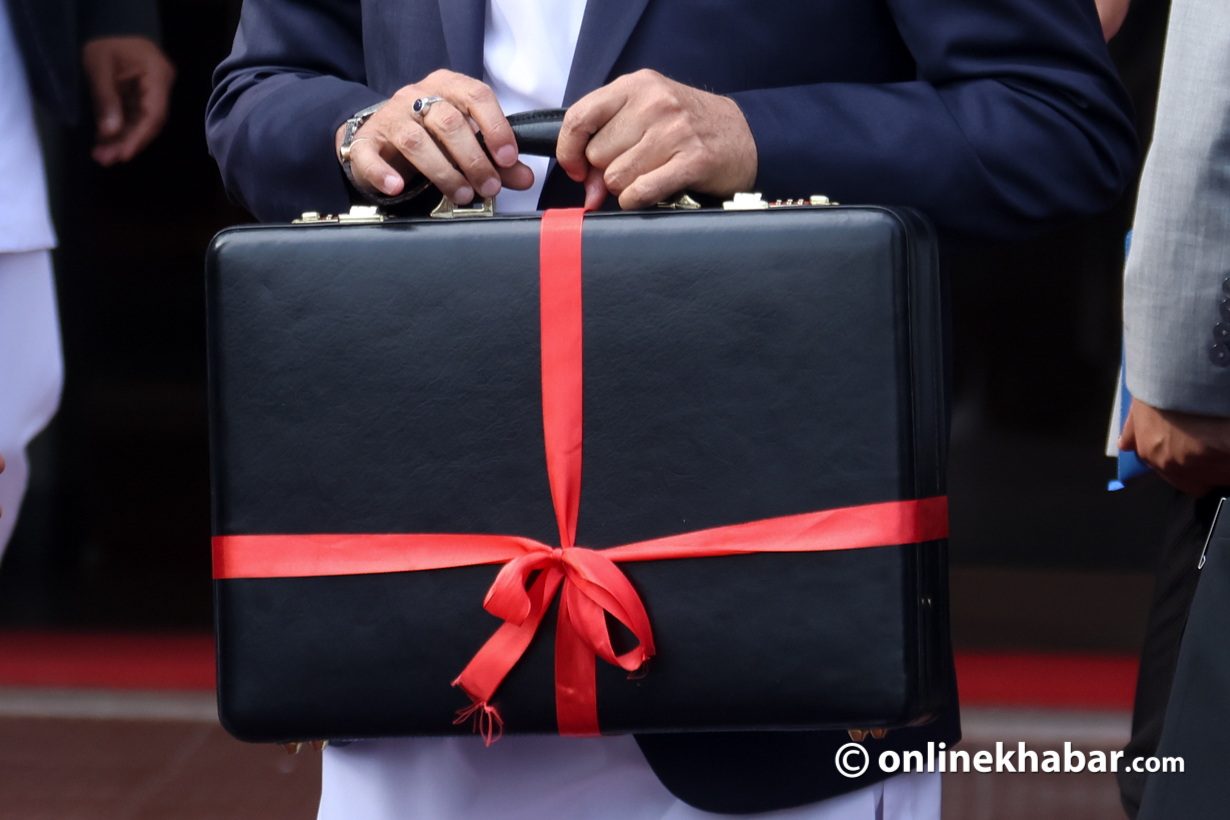
Usually, every contemplative citizen is concerned about their country’s government expenditure. As the country’s progress can be measured with the amount of government expenditure and the output generated due to the expenditure, it is essential to be serious about public expenditure.
While talking about the current fiscal year’s budget, the total allocation of the budget was Rs 1,751.31 billion out of which Rs 1,141.78 billion which is 65 per cent of the total budget has been allocated for current expenditure. Likewise, Rs 307.45 billion which is 18 per cent of the total budget has been allocated for financial management. The remaining Rs 302.07 billion which is 17 per cent of the total budget has been allocated for capital expenditure.
Among these allocation heads, only the capital expenditure is directly utilised for the infrastructure development in the country while the others are utilised for the administrative and operational expenses by the government. Infrastructure development includes the construction of roads, bridges, buildings etc. The projects related to highways, airports, railways, ropeways, hospitals, schools and universities, hydropower, electrification, irrigation canals etc. all come under the head of capital expenditure.
It means the allocation of budget on the capital expenditure is itself low as a huge amount of funds is required for infrastructure development throughout the country, and the problem is that the allocated budget on capital expenditure is not fully utilized (spent) on time. Moreover, the quality of capital expenditure is poor standard.
The reason behind poor quality infrastructures is due to spending in a rush that more than three-fourths of the capital expenditure is made in the last quarter of the fiscal year. The construction of roads, bridges, buildings etc. at the end of the fiscal year to make the urgent expense of the budget preventing it from becoming frozen results in the poor quality of the construction.
As of May 30, the government has spent only 41.67 per cent of allocated capital expenditure in the fiscal year 2023/24. This tends to either the huge volume of the remaining budget will be frozen or there will be very poor quality standard expenditure.
The problems and causes

Nepal is a developing country right now and aims to shift its position to a lower middle-income country by 2030, it requires expanded infrastructure development along with higher allocation and efficient utilisation of capital expenditure budget.
However, certain problems in capital expenditure disappoint every aware and responsible Nepali citizen. Firstly, the increasing recurrent expenditure causes to fall in the share of capital expenditure as the public revenue sources and volume are not expanded accordingly.
The poor coordination between policies, rules, laws and institutions is another major cause of low capital expenditure. Also, there is a lack of adequate preparation for programs and project selection such as feasibility studies, detailed project reports (DPR) etc. Projects being donor-driven and supply-side instead of being public-driven and demand-based, tends to implementation failure.
Moreover, Nepal lacks the technical and managerial capacity to handle large projects. Land acquisition, unusual demand of locals and other local issues delay in project implementation. The politicisation of the local and economic issues and the lack of common consensus create hurdles in project implementation.
Another reason for low capital expenditure is the political instability. Due to the frequent changes in the governments at various levels, there will be changes in programs, policies and priorities. There may be a transfer of government officials involved in the project. The conflict of interests between politicians and government employees in project selection and implementation further makes capital expenditure ineffective.
After the implementation of the project, it requires effective monitoring and evaluation of the project for its success. However, we have no proper reward and punishment system to motivate the involved officials and institutions.
Government lacking matching funds to receive foreign aid, time-consuming bureaucratic processes, traditional approaches to development plans and practices etc. are the other causes of low capital expenditure.
The low level of capital expenditure bespeaks the inefficiency of the government on the one hand and offended the people’s excruciating desire towards development on the other hand.
Way forward
Nepal urgently needs to change its public expenditure model and requires comprehensive structural reforms in increasing & efficiently spending capital expenditure budget to achieve the vision of “Prosperous Nepal Happy Nepali”
Since taxation is the dominant source of public revenue, to increase the share of capital expenditure in the budget, Nepal should reform its taxation policy and system thus expanding the areas of taxation and minimizing the loopholes of tax deception.
Maintaining effective coordination between policies, laws, institutions and working modalities is a must to improve capital expenditure. Likewise, Nepal should enhance its technical and managerial capacity to handle big projects using exposure visits, experience sharing and joint programs with foreign partners or companies.
For the successful implementation of the projects, there should be effective public participation and mechanisms for proper monitoring, evaluation and control.
A project bank can be set up where projects are listed after thorough study, and analysis and selected for implementation based on public demand.
The construction contractors leaving the project without completion should be strictly punished and those who build up qualitative infrastructure within the specified time frame should be rewarded.
In addition, the lengthy bureaucratic procedures should be minimized with the application of ICT tools and techniques. The government employees should be trained and developed accordingly.
Promoting public awareness, auditing of civic engagement, consensus among the stakeholders etc. are other measures for improving capital expenditure.
Since the development of infrastructures from the government side motivates the private sector for further investment, it is essential to make significant capital expenditures. Hence, to achieve a desirable level of economic growth and development, capital expenditure should be highly prioritised.
























